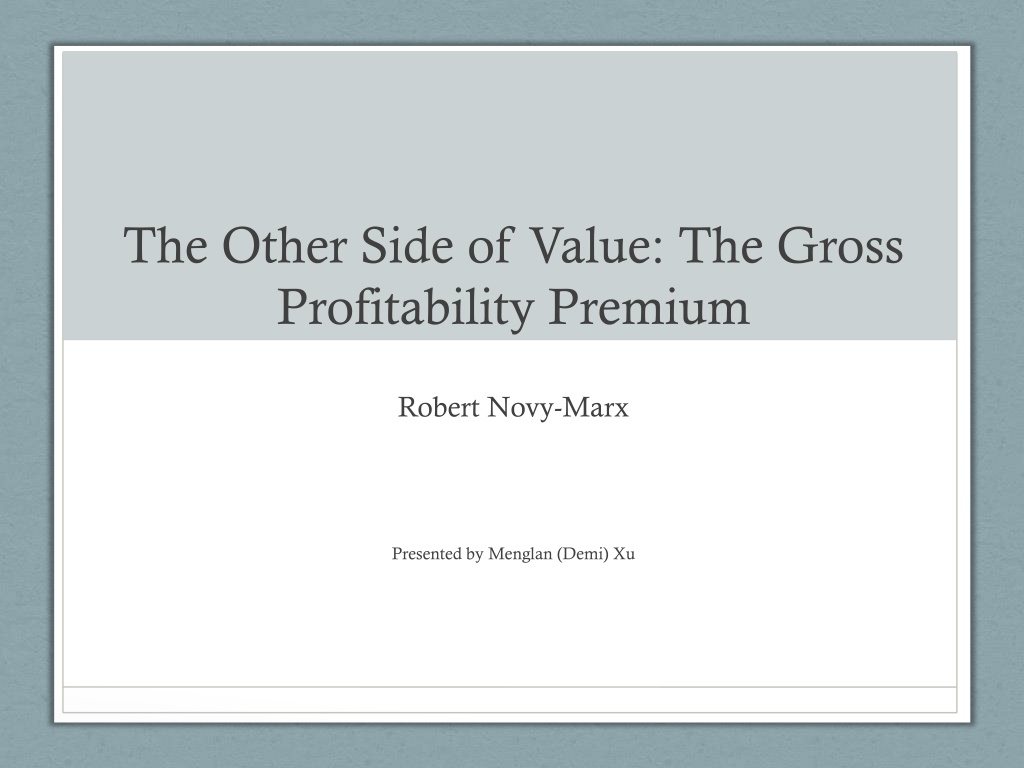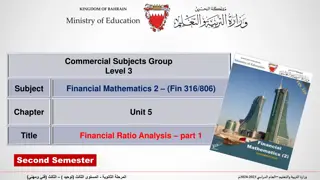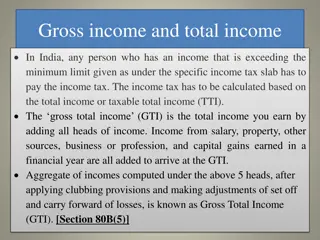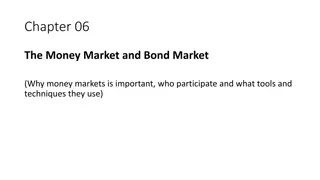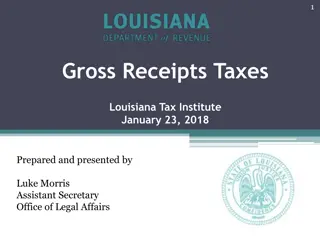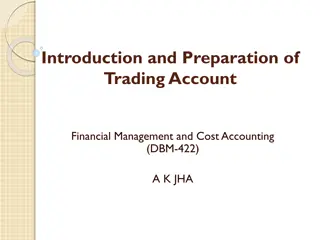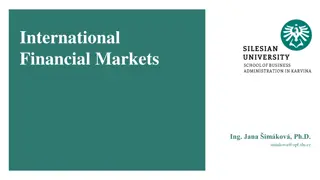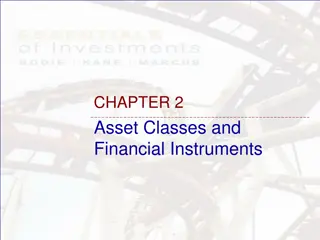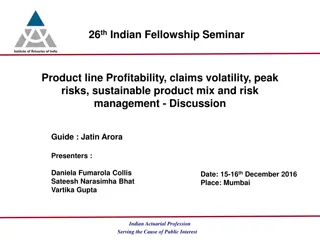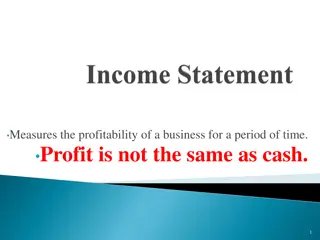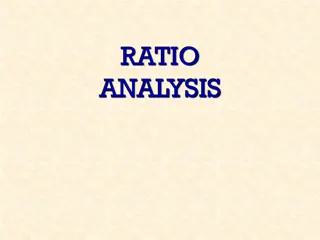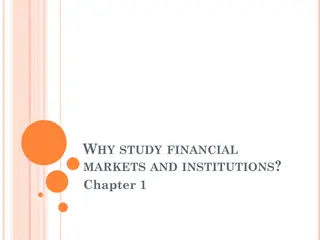Unveiling the Gross Profitability Premium in Financial Markets
Delve into the profound relationship between book-to-market ratios, gross profitability, and expected returns in financial investments. Learn how gross profit is a key indicator of true economic profitability and how it is utilized as a measure of productivity. Explore valuable insights on the interplay between profitability and value in the stock market using empirical data and Fama-MacBeth regressions.
Download Presentation

Please find below an Image/Link to download the presentation.
The content on the website is provided AS IS for your information and personal use only. It may not be sold, licensed, or shared on other websites without obtaining consent from the author. Download presentation by click this link. If you encounter any issues during the download, it is possible that the publisher has removed the file from their server.
E N D
Presentation Transcript
The Other Side of Value: The Gross Profitability Premium Robert Novy-Marx Presented by Menglan (Demi) Xu
Useful Concepts Book-to-market: Book-to-market = Book Value of Firm / Market Value of Firm Gross Profitability: Profitability = Gross Profit (Revenues - Cost of Goods Sold) / Assets Value Strategy Vs. Growth Strategy Fama-French 3 Factors
Gross Profitability Fama & French s view: book-to-market and profitability are both positively related to expected returns using the dividend discount model in conjunction with clean surplus accounting Lower valuations (i.e., value firms) => higher expected returns Higher expected earnings (i.e., profitable firms) => higher expected returns Change in book equity Time-t earnings
Gross Profitability Gross profit is the cleanest accounting measure of true economic profitability Example: A firm that has both lower production costs and higher sales than its competitors => more profitable. However, it can easily have lower earnings than its competitors
Gross Profitability Construct the empirical proxy for productivity using gross profits. Scale gross profits by book assets, not book equity, because gross profits are an asset level measure of earnings. They are not reduced by interest payments and are independent of leverage
Insights on The Relationship Between Profitability and Value
Data Compustat quarterly data on NYSE stocks covering from July 1963 to December 2010. The sample excludes financial firms (those with one- digit SIC codes of six) because the high leverage that is normal for these firms probably does not have the same meaning as for non-financial firms, where high leverage more likely indicates distress
Fama-MacBeth Regressions Gross profitability includes earnings and FCF and it has the greatest power in explaining returns
Univariate Sort on Gross Profits-to-asset Gross profits-to-assets portfolios average excess returns are generally increasing with profitability Significant negative loadings on HML (value premium), and significant excess return of high- low Conclusion: The strategy is a growth strategy, thus a perfect hedge for value strategy Profitability strategy The performance of value strategies can be improved by controlling for profitability and the performance of profitability strategies can be improved by controlling for book-to-market.
Double Sorts on Profitability and Book-to-market The table confirms the prediction that controlling for profitability improves the performance of value strategies and controlling for book-to- market improves the performance of profitability strategies.
Profitability Commonalities Across Anomalies
Set of Alternative Factors and Three Types of Anomalies Considered A set of alternative factors: Industry-adjusted book-to-market (HML*) Past performance (Momentum, up minus down or UMD*) Gross profitability (Profitable minus unprofitable or PMU*) Three types of anomalies considered: Anomalies related to the construction of the factors themselves Earnings-related anomalies Anomalies considered by the author in another paper
Anomaly Strategy Average Excess Returns and Performance vs. FF4 The second column shows the strategies average monthly excess returns The third column shows the strategies abnormal returns relative to FF4 model (constructed based on FF3 and profitability factor) The fourth column shows that the alternative four- factor model almost explains the returns to all of the strategies
My Opinion Statistically significant of adding a profitability factor Yet there is no convincing economic story behind Anomalies testing proves the author s point on adding a profitability factor The anomalies chosen are somehow arbitrary and not general May not work in other market, for example, Hong Kong market Results significant in the US market
Additional Fama and French 5 factors model (2014) Constructed based on ideas similar to Novy-Marx s RMW: profitability factor, CMA: investment factor Results suggest HML is a redundant factor in the sense that its high average return is fully captured by other 4 factors (i.e., MKT, SMB and especially RMW and CMA)
